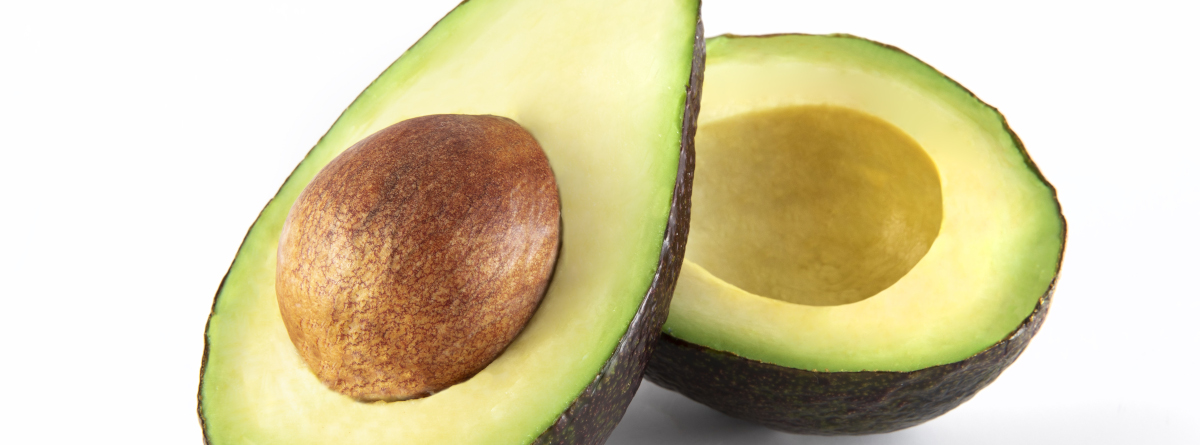
How to select
Choose avocados with firm skin and no soft spots, firm but yielding to gentle pressure when ripe.
How to prepare
- Using a sharp knife, cut the avocado in half lengthwise by turning the knife around the stone.
- Twist each half in opposite directions to separate.
- Using the knife, hit the stone so that the knife sticks.
- Twist the knife to pull out the stone.
- Avocado can be cut in several ways depending on the recipe.
How to store
Store unripe avocados in a paper bag at room temperature. Refrigerate when ripe for 2-3 days.
Peak season
Winter, spring and summer
Ways to use
- Use mashed avocado on your sandwich instead of mayo.
- Add diced avocado to your salad or stir fry.
- Add avocado to omelets or in fish or seafood sauce.
- Try adding avocado to a smoothie.
- Make your own guacamole dip for your favorite raw vegetables.
Fun facts
- The avocado is known as the alligator pear because of its green color and pear-like shape.
- Brazilians add avocados to ice cream.
- California produces about 90% of the nation's avocado crop.
- Avocados have more potassium than bananas.
- Over 75% of fat in an avocado is healthy (unsaturated fat), making them a great substitute for high saturated fat foods.
Nutrition info and facts
Half an avocado has more potassium than a medium banana (487 mg vs. 422 mg). Over 75% of fat in an avocado is healthy (unsaturated fat), making them a great substitute for high saturated fat foods. Avocados contain several nutrients that can decrease the risk of chronic disease. Avocados contain vitamin E and hydrating oils that make it good for use as a face mask.
1 medium avocado = 240 calories, 13 g carbohydrate, 3 g protein, 22 g fat (15 g monounsaturated, 4 g polyunsaturated, 3 g saturated), 10 g fiber, 11 mg sodium
Sources
Feast Glorious Feast. How to prepare avocado.
The Nutrition Source. Avocados.